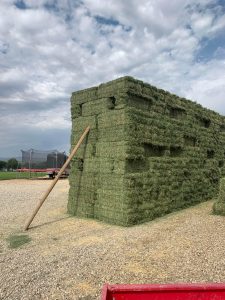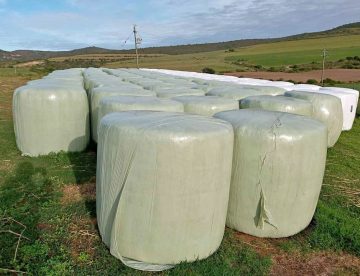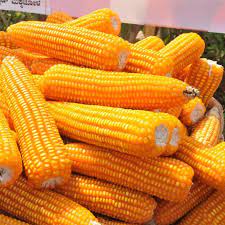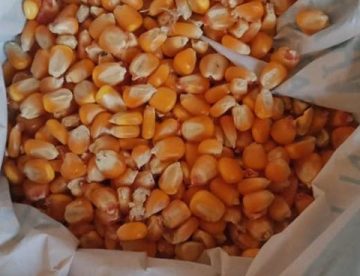Humble Alfalfa Hay Offers Ecological Benefits
The Crucial Role of Alfalfa in the Southwest: Balancing Water Use, Ecosystem Health, and Economic Sustainability

Introduction:
The Southwest United States faces a prolonged “megadrought,” lasting over two decades, raising concerns about water usage, particularly in the cultivation of crops like alfalfa hay. This blog post delves into the critical question of why alfalfa is grown in the desert, emphasizing its economic efficiencies, environmental advantages, and contributions to the region’s ecosystem.
Section 1: The Environmental Benefits of Alfalfa in the Southwest Ecosystem
The economic significance of alfalfa is matched by its potential to combat climate change through soil carbon sequestration, a concept aligned with “regenerative agriculture.” By covering the soil for extended periods, alfalfa emerges as a leader in this environmentally beneficial practice. The cultivation of alfalfa fields supports biodiversity within agricultural systems, providing habitat and sustenance for endangered species across various animal families.
Section 2: Agronomic Advantages and Soil Health
Integrating perennial legumes like alfalfa into crop rotations stabilizes nutritionally depleted soils, stemming from the intensive production of row or specialty crops in the Western U.S. This practice, initially introduced in Europe as part of the Agri-Environmental Scheme, reduces soil disturbance, erosion, and the overall environmental footprint of agricultural production.
Section 3: Water Efficiency and Conservation
While critics argue that alfalfa requires substantial irrigation, its higher water use efficiency, coupled with frequent harvesting (up to 12 times annually), establishes it as a more water-efficient crop. Comparatively, the ratio of harvestable biomass to water applied positions alfalfa favorably. Moreover, the majority of irrigation water used is recycled back into the environment, contributing to sustainable water management.
Section 4: Biodiversity and Wildlife Habitat
Alfalfa fields serve as vital contributors to biodiversity in agricultural systems, acting as insectaries for beneficial insects crucial for pollination and biological control. This role reduces reliance on synthetic insecticides, addressing concerns about insecticide resistance. Additionally, alfalfa’s unique characteristics in Western production contribute to insect habitat year-round, playing a key role in managing resistance, especially for aphids and whiteflies.
Section 5: Soil Improvement and Pollution Mitigation
The deep roots of alfalfa, coupled with its nitrogen-fixing ability, improve soil characteristics and mitigate water and air pollution. As a perennial plant, alfalfa assists in trapping sediments and absorbing nitrate pollutants, offering a sustainable solution to address environmental concerns associated with conventional agricultural practices.

Conclusion: Preserving Alfalfa for Sustainable Ecosystems
In conclusion, the elimination or significant reduction of alfalfa fields in the Southwest could lead to adverse consequences, including the conversion of agricultural land into residential and commercial spaces. This shift may result in food shortages, increased reliance on non-local sources, elevated food prices, and extended supply chains. Such changes also carry environmental impacts, altering ecosystems, and contributing to air, water, and soil pollution. Therefore, recognizing the multifaceted benefits of alfalfa is crucial for achieving a balanced and sustainable approach to agriculture in the region.


